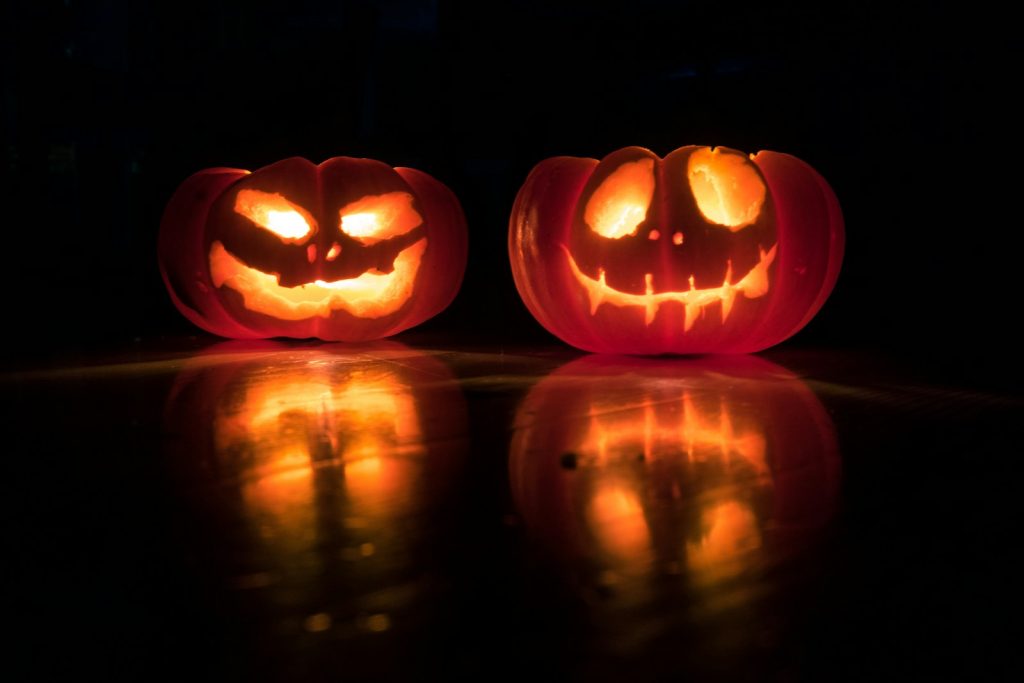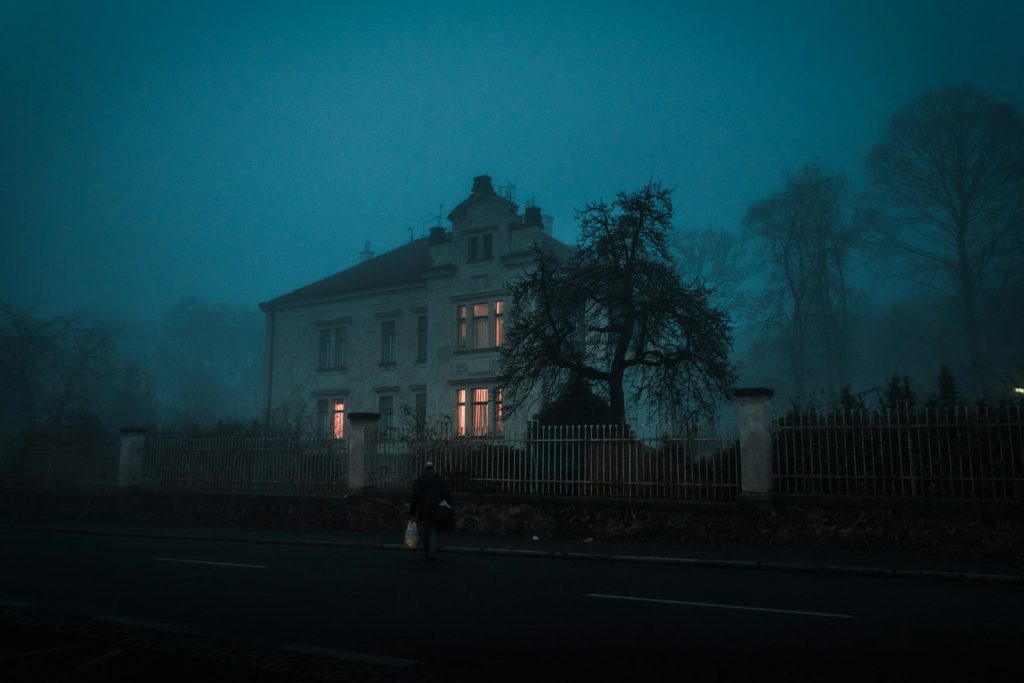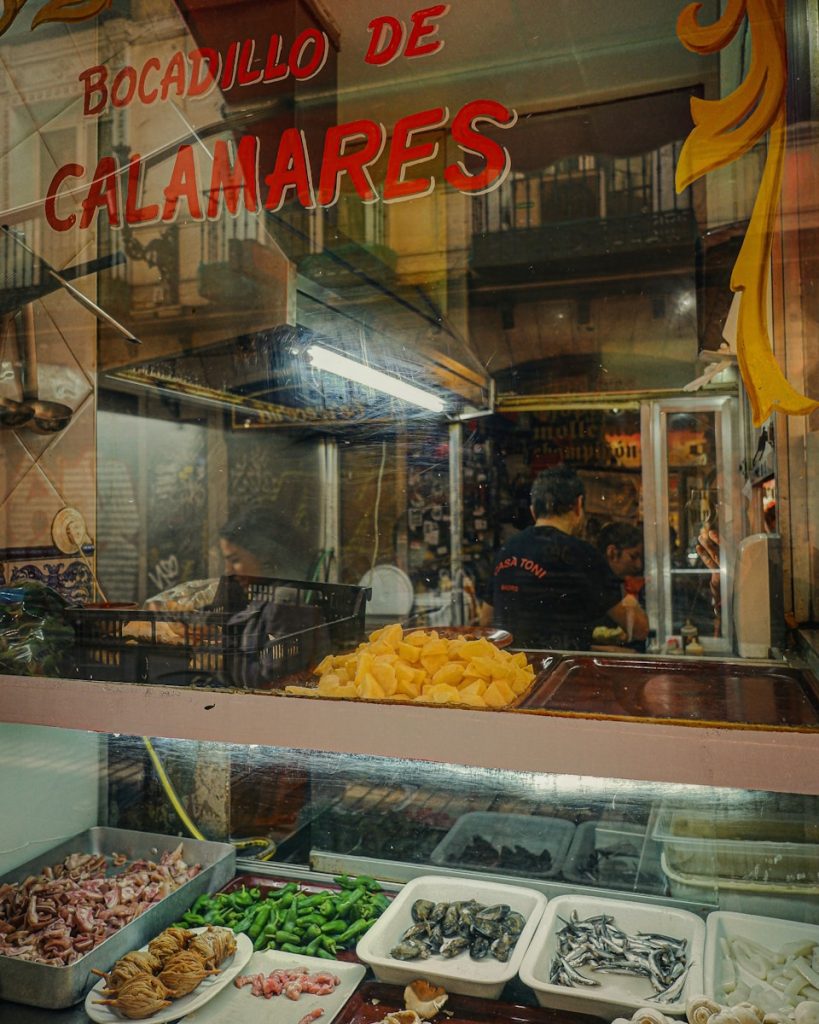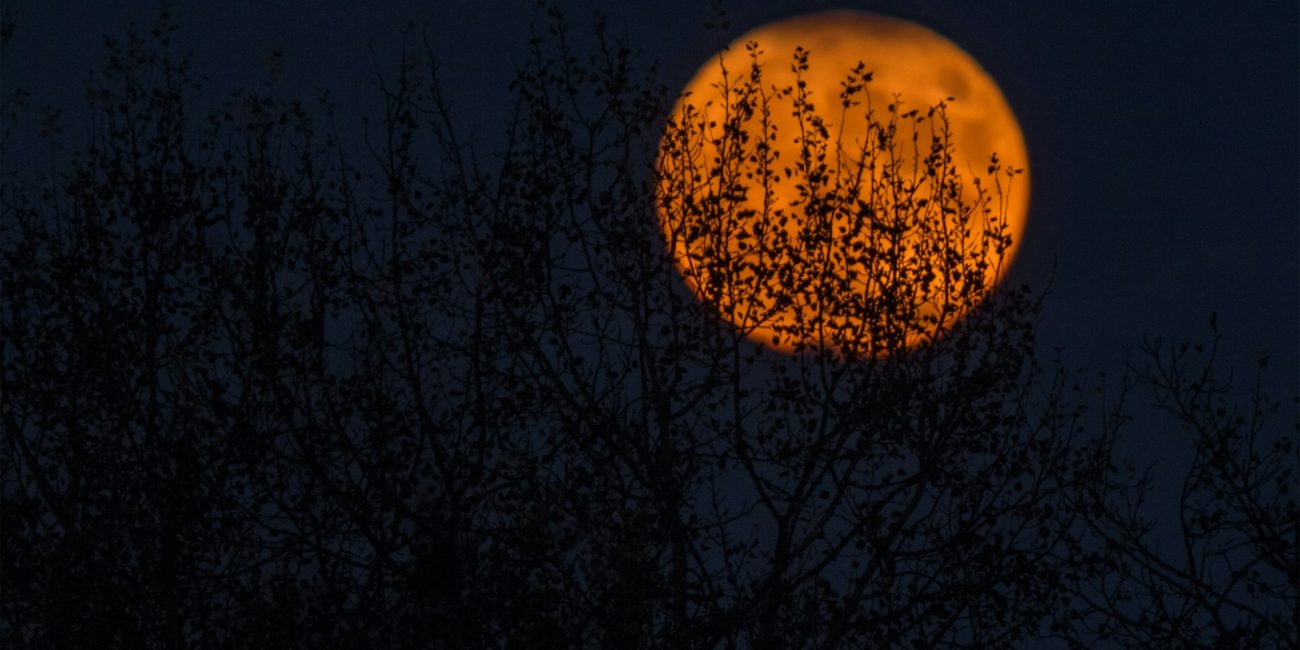On the Costa Blanca, the end of October is more than just one spooky night; it’s a two-part celebration that seamlessly combines modern entertainment with centuries-old reverence. Here’s how to celebrate both Halloween (October 31st) and the traditional Dia de Todos los Santos (All Saints Day) on November 1st.
Part One: The Spooky Fun of Halloween
While Halloween has Irish and Celtic roots, the Costa Blanca has enthusiastically adopted its modern, high-energy version, thanks in large part to its large international and youth population.

High-Energy Theme Parks and Resorts
The region’s major leisure complexes frequently host the largest and most consistent celebrations.
- Benidorm’s Big Bash: Theme parks such as Terra Mitica and Terra Natura transform for the season, featuring elaborate haunted houses, themed shows, and nightly parades that attract large crowds of all ages.
- Family Resort Events: Many large crowds and hotels along the coast host dedicated Halloween events over multiple weekends, with costumed staff “terror moats”, fancy dress competitions, and trick-or-treating activities for kids. These events are ideal for guaranteed family entertainment.
Adult and Nightlife Events
In major resort towns, the nightlife adopts a spooky theme.
- Benidorm Nightlife: The bars and clubs, especially in the Levante area, host large Halloween parties complete with themed decor and DJs. It’s one of the most popular nights of the year for costumed adults looking to party.
- Local Pasajes del Terror: Keep an eye out for temporary “Passages of Terror”, which are haunted houses or walk-through experiences run by communities. These have a distinct Spanish-horror feel and are extremely popular among local teenagers and young adults.

Part Two: The Tradition of Dia de Todos los Santos
November 1st is a national public holiday in Spain and a solemn day of remembrance for the deceased, providing a peaceful, meaningful contrast to the previous night’s frivolity.
- A Beautiful Spectacle: In the days before the 1st, cemeteries are cleaned, polished, and beautifully decorated. On the actual day, they are decorated with thousands of fresh flowers, particularly chrysanthemums, and candles, making them a surprisingly vibrant and moving place to be.
- Witnessing a Core Tradition: If you visit a small, inland village, you will see firsthand the deep significance of this day for Spanish families.
Traditional Sweets and Treats
Food is central to any Spanish holiday. Bakeries fill their windows with special seasonal desserts.
- Huesos de Santo (Saints Bones) are a marzipan-based confection shaped like a hollow tube and traditionally filled with sweet egg yolk cream.
- Buñuelos de Viento (Wind Fritters) are light, airy, fried doughnuts topped with sugar and often filled with cream, chocolate, or custard.
- Panelletes are small almond cakes traditionally flavoured with pine nuts, coconut, or coffee.

The combination of international Halloween enthusiasm and the quiet, floral tradition of All Saints’ Day creates a culturally diverse late-autumn weekend on the Costa Blanca.









No Comment! Be the first one.